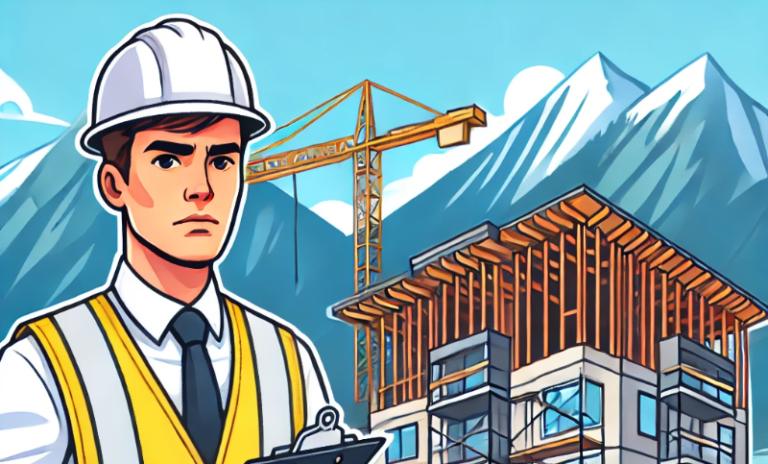Are you looking into North Vancouver’s construction standards? I’ve spent the last few years working in and around the North Shore real estate and construction scene, so I’ve seen firsthand how North Vancouver builds. I’ve also seen how they enforce to a higher standard. The expectations here are built into the soil, quite literally. North Vancouver sits in a high seismic risk zone, wedged between mountains and ocean, and it’s made city planners extremely cautious. Which of course makes sense.
Let’s talk numbers. North Vancouver requires a plan and design for a serious earthquake, and that planning costs time and money. I’ve been part of projects where just meeting seismic code added 8% to the total build budget. But I’ve also seen what happens when people cut corners. You don’t want to be in that building when the ground moves.
The building bylaws aren’t optional. You don’t get creative with fire exits or insulation R-values here. You do it by the book or the inspectors stop your project. Simple as that. And for inspections, let’s just say you better have every screw where it belongs, because they will check. We had a 16-unit development delayed three weeks over one missing vapor barrier install in a utility closet.
If you want to speak to a Realtor in North Vancouver, we suggest calling Jova Xu. 778-680-8530 … You can also text this number. She can help you with guidance.
North Vancouver’s Construction Standards
Another thing that North Vancouver takes seriously is energy. Minimum Step Code 3 is standard now, but many developers shoot for Step 4 or 5. This is done because buyers are paying attention. A townhouse that’s Step 4 rated can save over $600/year in energy costs. That’s $12,000 over 20 years, not even adjusting for inflation or rate hikes. And you bet that shows up in the resale value.
And then there’s construction hours. You want to pour concrete at 6 a.m., it’s not going to happen. Monday to Friday, 7 a.m. to 8 p.m. Saturday starts at 9. Sundays are almost completely locked down. I’ve had to reschedule subtrades because a neighbour flagged noise bylaw enforcement at 9:15 a.m. They showed up in 40 minutes. Trust me, it’s enforced.
Waste is a different beast altogether. You can’t just load up a bin and send it to landfill anymore. You need a waste diversion plan to get your permits. One of my friend’s projects — 28 units in Upper Lonsdale — diverted 78% of materials from the landfill. Wood got chipped, concrete crushed for fill, metal separated and resold. They saved $9,200 in disposal fees and picked up a small grant from Metro Vancouver’s construction recycling program.
Developers know that to survive here, you need to build smart, tight, and by the rules. Seylynn Village added over 1,100 units to the area, but what most people don’t realize is how it changed the local permitting process. That project triggered major infrastructure upgrades. And now new developments over a certain size get hit with development cost charges, known as DCC, that didn’t exist a few years ago. On one site, a DCC bill hit $483,000 before we even broke ground.
Density is going vertical
If you’re planning anything in North Van, regardless of if it’s a reno, teardown, or a full-scale build, it’s worth sitting down with someone who’s been through the grinder. Not a glossy sales pitch, but someone who’s handled stop-work orders, sat in pre-permit meetings, and knows what triggers reviews.
And if you’re just curious, go walk through Maplewood or Lynn Creek. You’ll see how this city is transforming. Density is going vertical. Transit hubs are shaping building heights. We’re talking 30-storey towers where there used to be strip malls. And still, they keep the same standards, seismic resilience, energy efficiency, and accessibility codes across the board.
The cost to build here is high. According to the latest CMHC data, the average hard cost for mid-rise construction in Metro Vancouver is $315/sq ft. Add in North Van’s special requirements and you’re pushing $360–$390/sq ft. That’s before land, soft costs, and profit.
North Vancouver doesn’t mess around with building standards. And it shouldn’t. Between the risk of natural disasters, the price of land, and the political pressure to densify without losing liveability, it has no choice. Build well or don’t build at all.


